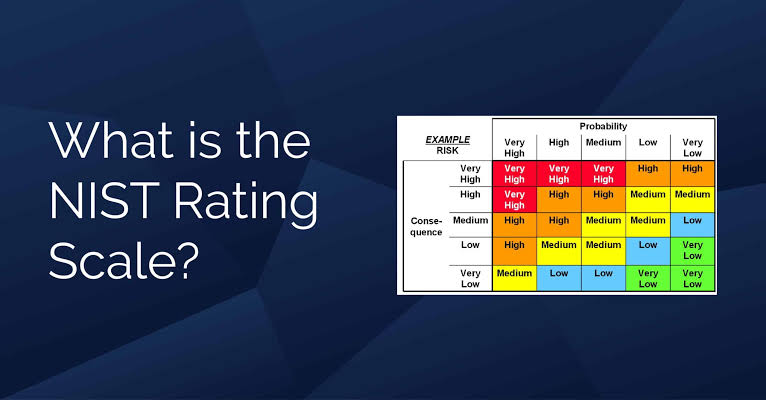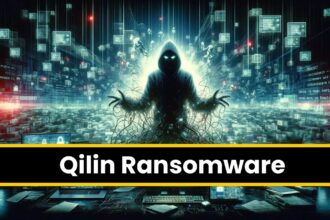As organizations around the industries become more and more connected, security is more and more a number one priority. Cyber attacks are becoming more complex, and their frequency is increasing rapidly; therefore, businesses need to work to improve their cybersecurity posture continuously. The NIST Cybersecurity Maturity Model is one of the most effective frameworks for achieving this. Implementing this model will give organizations a clear way forward to security improvement and installation of resilience against cyber threats.
What Is the NIST Cybersecurity Maturity Model?
The NIST Cybersecurity Maturity Model (CSF) is a comprehensive framework to evaluate, as well as help to improve, an organization’s cybersecurity strategies. This model is developed by the National Institute of Standards and Technology (NIST), and its five key functions are Identify, Protect, Detect, Respond and Recover. Providing a strong, scalable road map for dealing with cybersecurity risks and also building more secure practices are exactly these functions.
NIST Cyber Maturity Model aims to help organizations customize their cybersecurity efforts to align with best practices while fulfilling the needs of the digital landscape in continuously changing times. This enables businesses to know how they are right now and increase focus on what to improve on and what actionable steps to take to protect their business, data, and operations.
Why Cybersecurity Maturity Matters?
The higher the organizations grow, the more complex the cybersecurity risks become. If an organization is already very mature when it comes to cybersecurity, then it can quickly react to threats and rapidly recover from incidents, and the impact on business operations caused by such threats is minimal.
Cyber maturity is not solely of technology; it’s about establishing awareness, responsibility and proactive security measures throughout the organization. In fact, IBM recently observed that the average cost of a data breach had ballooned to $4.88 million. This is a strong indication of the severity of the obvious financial impact that can be incurred by organizations that fail to implement proper cybersecurity guidelines.
The Key Elements of the NIST Cybersecurity Maturity Model
NIST has created a Cybersecurity Maturity Model consisting of a few stages where organizations can score their cybersecurity capabilities and keep improving constantly. These stages aid businesses in raising their level of sophistication when it comes to cyber security from a simple to an advanced level. So, the pillars of any cybersecurity strategy are the five core functions in the model: Identify, Protect, Detect, Respond, and Recover.
- Identify: Have knowledge of cybersecurity risk in terms of systems, assets, and data. It includes identifying possible vulnerabilities and estimating the risks that might have an effect on operations.
- Protect: To reduce the risk of potential breaches, secure critical infrastructure, data and network with implemented safeguards.
- Detect: It monitors for any unusual activity and forms suspicions of possible cyber threats in real-time.
- Respond: Develop a clear process and procedures to contain and mitigate the impact of cybersecurity incidents.
- Recover: Make sure to have strategies in place regarding how to restore services, as well as maintain resilience after an attack.
How Does the NIST Cybersecurity Maturity Model Improve Your Organization’s Security?
One of the beauties of the NIST Cybersecurity Maturity Model is it can be flexible and scalable. The design is to be applicable to various organizations, including small businesses, medium businesses, and large enterprises. This model allows organizations to conduct systematic assessments of their program’s strengths and weaknesses, focus on its inconsistencies and develop a detailed security strategy.
Additionally, organizations everywhere may comply with industry regulations and avoid expensive fines when the NIST model is implemented. For instance, enterprises in regulated fields such as healthcare or finance can link up with the NIST framework to satisfy their cybersecurity practices with the recommendations and rules prescribed in HIPAA or PCI DSS.
Implementing the NIST Cybersecurity Maturity Model
First, banks implement this by a thorough assessment of their current organization’s cybersecurity posture. It enables the gaps in security, areas to improve upon, and the immediate risks that have to be addressed to be known.
When the initial assessment is completed, the businesses can map out a roadmap to achieve a better level of cybersecurity maturity. Each of the functions, as defined by the NIST, should have clear milestones, defined responsibilities and timelines. Considering the never-ending struggle with cybersecurity, it is essential to monitor and update the strategy regularly in order to keep the organization secure in constant conditions.
Conclusion: Are You Cyber-Ready?
The world of cybersecurity is ever-changing, and it’s critical that organizations remain vigilant in safeguarding their data and assets. The NIST Cybersecurity Maturity Model offers a robust, scalable framework that can help organizations identify, assess, and mitigate risks effectively. By adopting the NIST CSF, businesses can create a cybersecurity strategy that evolves with the threat landscape, ensuring better protection for their operations and stakeholders.
Now is the time for organizations to ask themselves: Is your organization cyber-ready? Exploring and implementing the NIST Cybersecurity Maturity Model is a proactive step towards securing your future in a digital world filled with challenges.

















